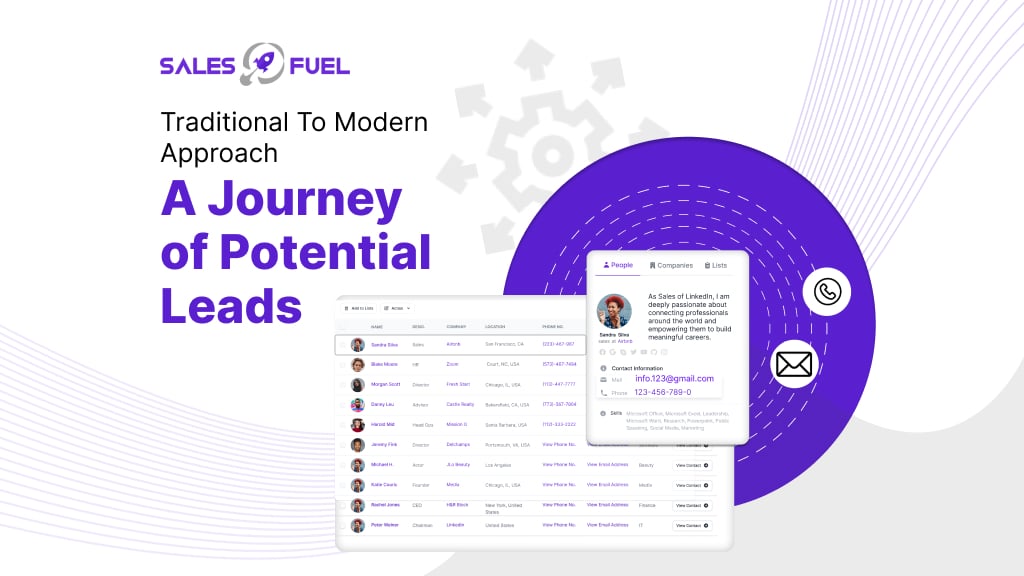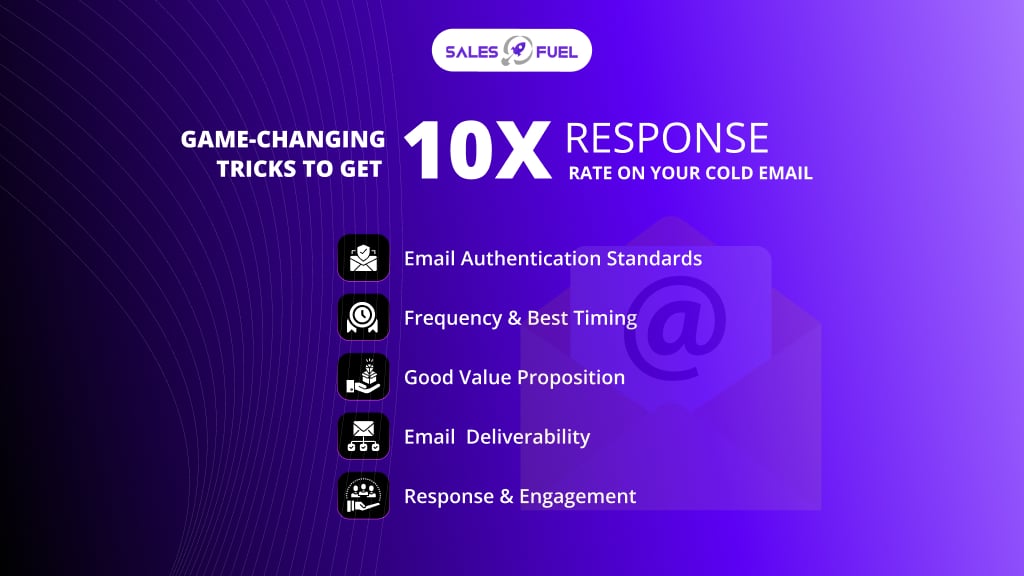
Collecting data is only half the battle. Making sure it’s accurate and reliable is where the real work happens. Understand this, if your data isn’t reliable, it’s like trying to build a house on a shaky foundation. Everything else is going to wobble. Major questions include what are B2B contact data collection sources and how to evaluate their reliability. Let’s try to find answers.
B2B Contact Data Coverage
Companies Contact Information
- Direct telephone numbers
- Primary email addresses of companies
- Links or handles to social media accounts associated with the business
- Company location address
- Website links associated with the company name
Decision-maker Contact Information
- The first and last name of the contact person
- Direct phone numbers and email addresses of employees of companies
- Positions held by decision-makers within the company such as CEOs, CMOs, or department heads
- Links to the contact person’s social media accounts or the company’s social media pages.
Types of B2B Contact Data Sources
Data Platforms
Example: Sales Fuel
Pros: Comprehensive database with detailed company and contact information.
Cons: Different plans and data may vary company to company.
- Publicly Available Data
Example: LinkedIn, Twitter, company websites, industry directories
Pros: Free or low cost, often up-to-date with company news.
Cons: Data might be incomplete or inaccurate, requires manual validation.
- Customer Relationship Management (CRM) Systems
Example: Sales Fuel
Pros: Integrates with your sales and marketing efforts, often includes historical interaction data.
Cons: Premium services may be costly and data may be overloaded.
- Trade Shows and Conferences
Example: Event websites and networking events
Pros: Attendees are often highly relevant to specific industries or products. Larger business opportunities and face-to-face interactions, and access exclusive company contacts.
Cons: Contacts are limited, requires manual collection, and opportunities are occasional.
- Professional Networks and Associations
Example: Industry associations and professional groups
Pros: Access to industry-specific contacts of companies and their members, and available opportunities for further networking and relationship building.
Cons: Membership directories may not always be publicly accessible, and may require membership.
General Tips for Evaluating Data Sources
- Check Data Update: Outdated information can lead to wasted efforts. Ensure the data is regularly updated.
- Data Accuracy: Cross-check contact information of companies and their key decision makers from multiple sources if possible.
- Test Data Quality: Run small campaigns or outreach to verify the validity of the contact data before a full-scale launch.
- Consider Source Reputation: Rely on trusted sources to collect B2B contact data and ensure data compliance with regulations.
- Consider Cost vs. Value: Balance the cost of acquiring data with the potential value it provides.
- Verify Membership: Ensure that the contacts are active members of the network or association.
- Review Accuracy: Look at user feedback or case studies regarding the accuracy of the service.
- Evaluate Lead Quality: Determine the quality and engagement level of leads gathered.
By understanding the types of B2B contact data sources available and using these evaluation criteria, you can ensure that you acquire reliable and high-quality contact information to support your business targets.



